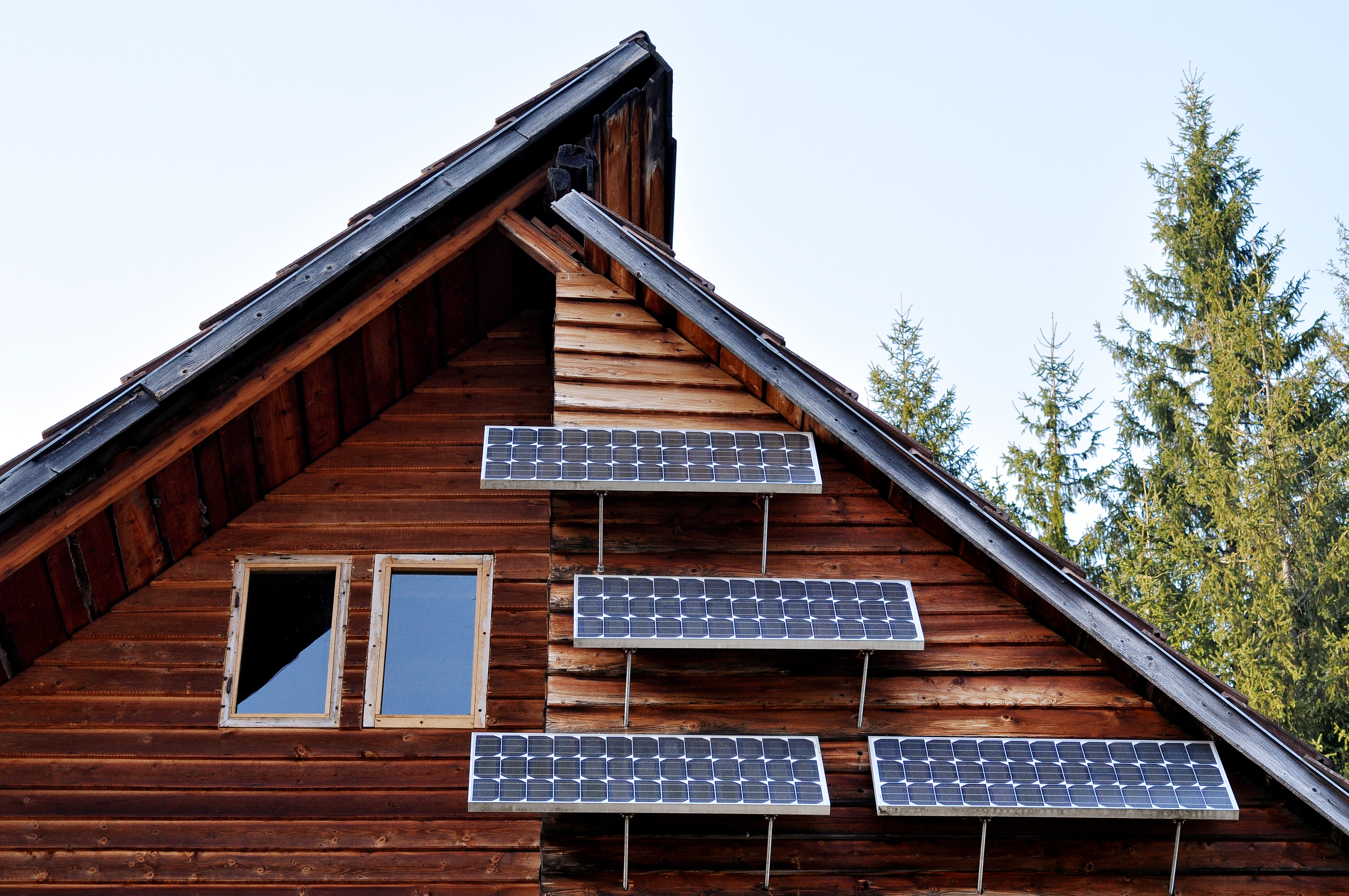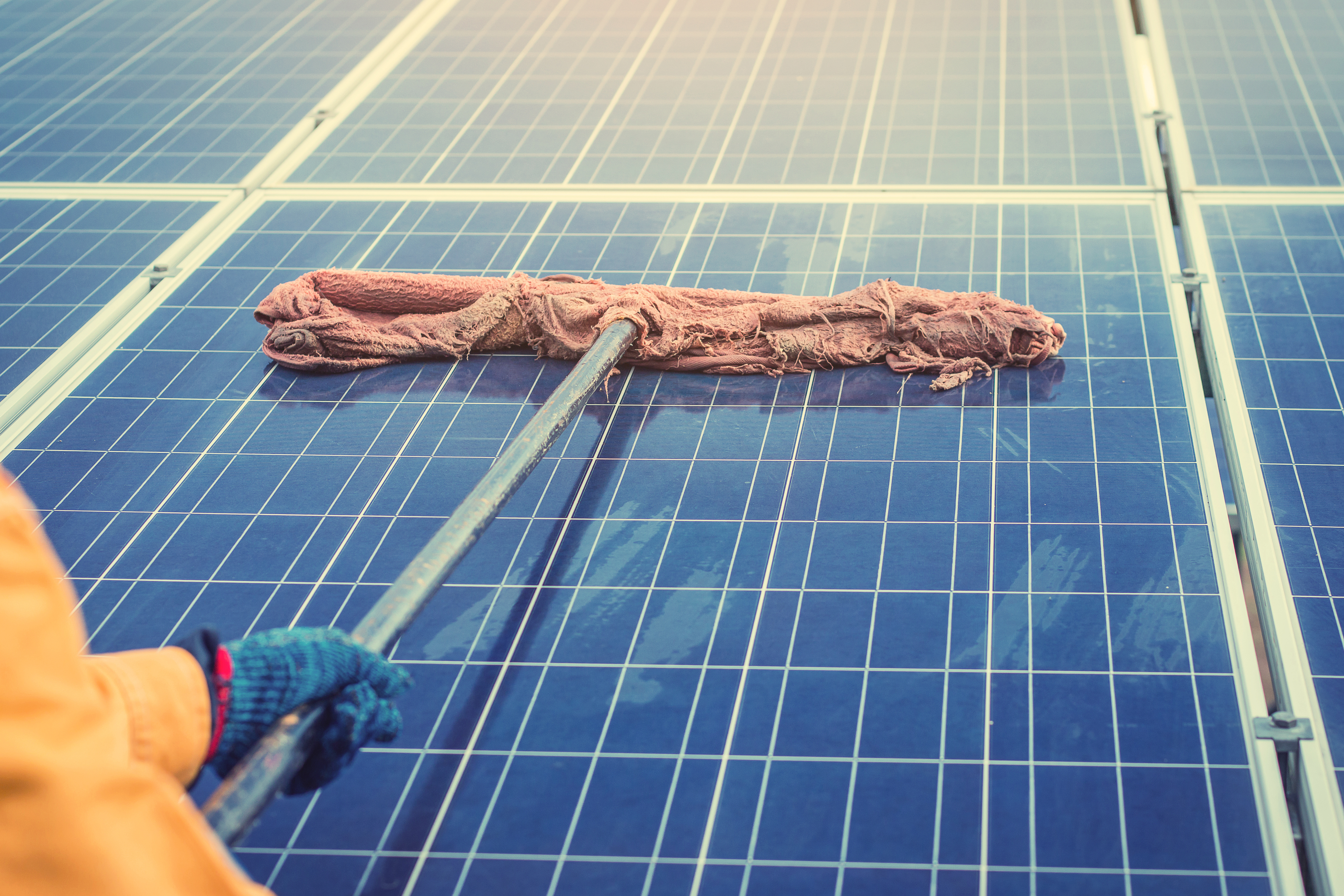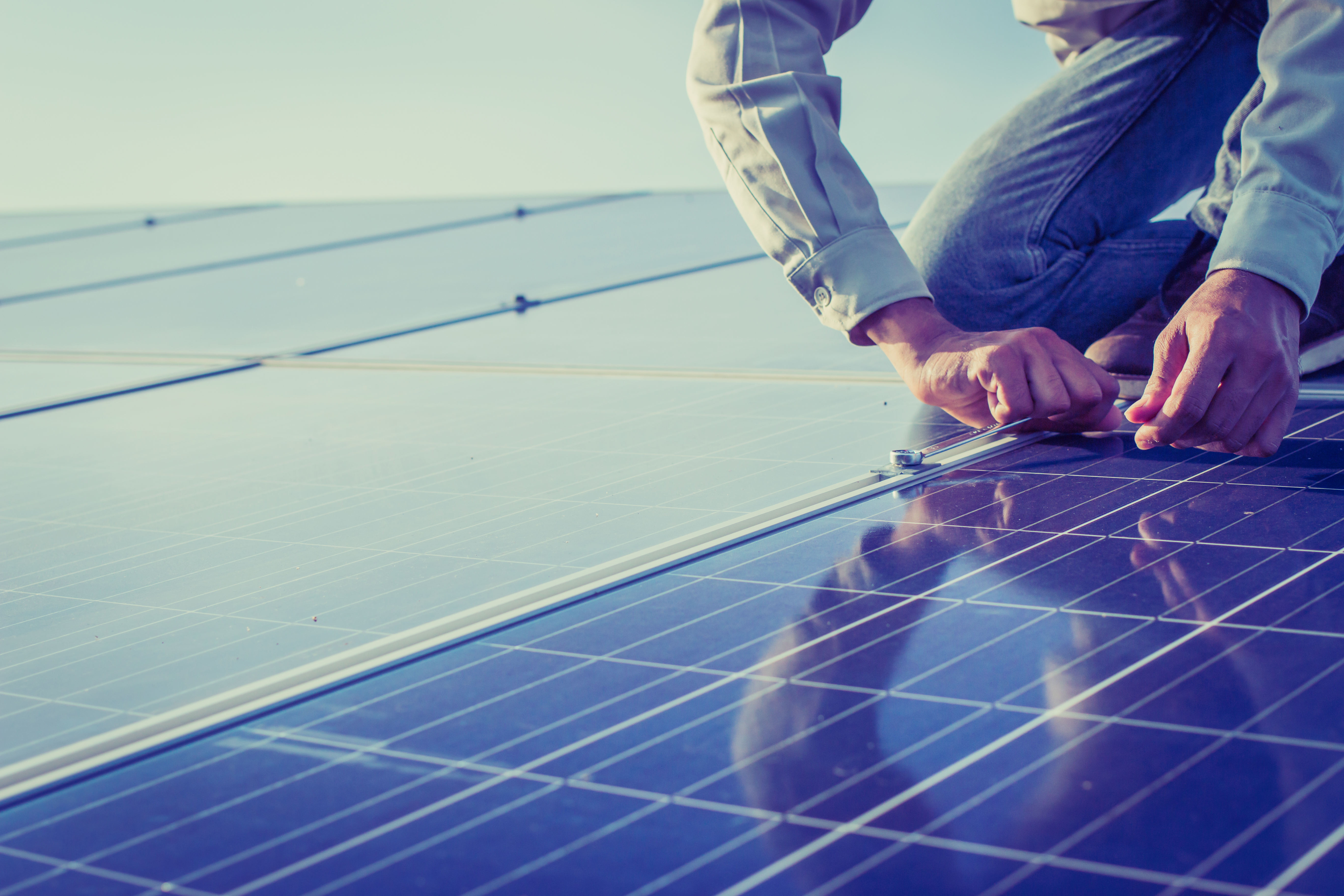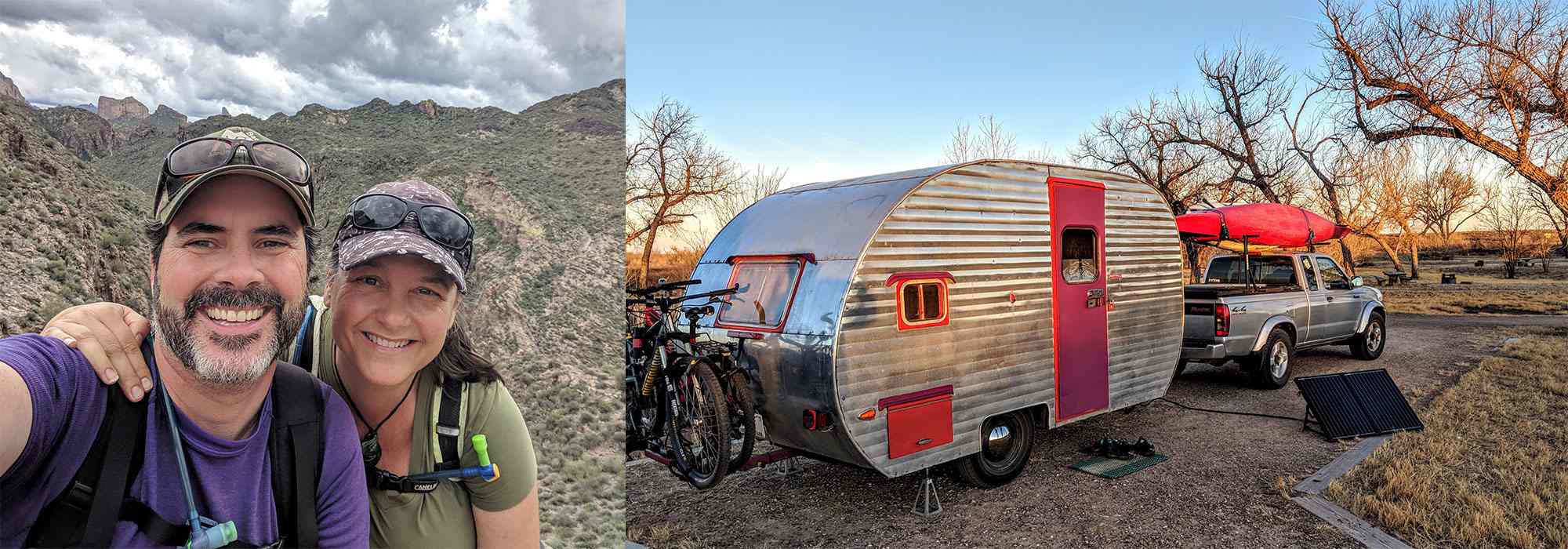What's A Watt? And Other Frequently Asked Questions.
How long do batteries last?
What components do I need?
Amps? Voltage? Wiring? Controllers?
Inverters? And what’s the difference between setting up in a series versus a parallel?
Getting into the solar scene can seem daunting at first glance, but it doesn’t have to be! Whether you’re a novice excited to put together your first system or a seasoned veteran who’s trying to figure out how much power you’ll need, Renogy has the answer!
Check out this list of questions we get asked all the time!
If you don’t see your question in the list below, please feel free to contact Renogy Tech Support!

Solar Power Overview
Why go solar? The benefits of solar power are many, including: being able to collect, store, and use electricity without plugging into public utilities, saving money on energy bills, using renewable resources, and reducing dependency on fossil fuels. Additionally, the federal government, as well as some states, offer tax credit incentives for installing solar on your home, business, RV, or boat.
How do solar panels work? Solar panels work by converting available sunlight into usable electricity, when sunlight hits the panel an electrical current flows from it. This current can either be used immediately or stored in a battery for later use. Read our “How Solar Panels Work” blog for a complete description.
What can I charge or run with a solar panel? Any electrical appliance can be powered using a solar powered system or a solar power generator like the 5000 watt solar generator. Solar panels are just one component of that system. The more watt hours the appliances require, the larger the system will need to be in terms of number of solar panels and batteries. Anything that heats or cools will generally draw much more wattage than other appliances.
How long does it typically take to charge up a battery? Charging times depend on a number of factors: charge status of the battery, size of the battery, number of batteries, wattage output and number of panels, availability of peak sunlight, weather conditions, and time of year.
For example: one 12 Volt (V), 100 Amp hour (AH) battery will provide 1200 Watt hours (WH), (12 V x 100 AH = 1200 WH), and charging that battery from 50% to 100% capacity with one 100 Watt solar panel requires 6 hours of peak sunlight. Charging that same battery with two 100 Watt panels requires 3 hours of peak sunlight.
Batteries will still charge outside of peak sunlight hours however the panel may not produce its maximum output during that time.
What’s the difference between Amps, Volts, and Watts? Think about these concepts in terms of water running through a shower head. Amps are the flow of water in terms of liters per minute coming through the shower head. Volts are the pressure at which these liters of water are being pushed through. Watts are the product of amps x volts (W = A x V), or how satisfying and effective that shower head is at getting you clean! Learn more about solar here.

Choosing the Right Solar Panel System for You
How do I know how much power I need? The first step in deciding what size system you need is to determine where you intend to use the energy - either in an on-grid or off-grid situation.
If you are going off-grid, the next steps are to determine what appliances you want to run, how much space you have for your installation, and what your budget might be. The folks at Renogy will help you size your system, after you've determined your total daily Watt Hours.
What is the difference between an on-grid and off-grid system? On-grid systems tie directly to your home electrical utility grid, offering an alternative source of energy in addition to what your utility company provides. By utilizing on-grid solar systems, you can greatly, or completely, reduce your electricity bill. Depending on the size of your on-grid system, you may receive monetary returns. These installations require a licensed electrician and permits to tie into the utility grid.
Off-grid systems do not tie into the utility grid and are sustained using a battery bank. The battery bank can be hooked up to an inverter, which converts DC from the batteries to AC allowing you to use any AC appliances or electronics. Common off-grid applications include cabins, off-grid vehicles, RVs, boats, and dry camping. Off-grid systems can also be used in a variety of other applications, including emergency power backup during a power outage. These installations do not require a licensed electrician.
What is the difference between monocrystalline and polycrystalline? The main difference between monocrystalline and polycrystalline panels is efficiency.
Monocrystalline cells can simply produce more power in a smaller space and are usually found in a higher price bracket as a result of increased efficiency. Polycrystalline panels are less efficient - requiring more space to produce the same power.
However, the difference in size and efficiency do not impact power output. A 100 Watt monocrystalline panel and a 100 Watt polycrystalline panel will both output 100 Watts. The dimensions of the monocrystalline panel will just be smaller.
Where are the panels and components made? Renogy is a global brand. We source components and assembly from all over the world so that we are able to offer the best designed products at the best prices possible. We even manufacture some of our products in Riverside, California - just a short drive away from our headquarters in Ontario!

Weather & Solar Power
What factors affect solar panel performance? Clouds, shade, and the angle of the sun during different times of the year can affect performance. When the panels are irradiated by the sun, they produce energy. Cloudy skies, partial shade, and a low sun angle during the winter can slightly or drastically reduce production. Panels do not produce any energy in full shade.
How well do Renogy solar systems perform in extreme weather conditions (both hot and cold)? The module temperature range for Renogy solar panels is -40°C to 90°C (-40°F to 194°F). Our charge controllers operate within a slightly smaller range -35°C to 55°C (-31°F to 131°F). The majority of our solar panels are waterproof and will continue to perform in extreme conditions. However, only a few of our charge controllers are waterproof. We recommend installing charge controllers in a well-ventilated, dry space, unless specifically designed for outside use.
Will my system generate power during a blackout? For an on-grid system, if there is a blackout, the solar system may temporarily go down because on-grid systems do not have a battery source and are 100% reliant on the grid. However, the solar panels should still continue to generate power and send it to the grid as long as sunlight is hitting the panel. The amount of power they produce depends upon available sunlight. For an off-grid system, the solar panels with continue to generate power as long as sunlight is hitting the panel.

Maintenance, Longevity, and Warranty
How much maintenance is required? We recommend cleaning the solar panels on a weekly or bi-weekly basis in order to maximize efficiency.
How long will your solar panels/components last? Renogy Framed Solar Panels have a performance warranty of 25 years. The loss of performance is approximately 1% per year. After 5 years our panels should still output at least 95% of the rated power, 10 years 90%, and 25 years 80%.
How long do batteries typically last? Over time, battery effectiveness at holding a charge will decrease. This typically happens very slowly. Lead acid, gel, and AGM batteries typically last 3-5 years. Lithium Iron Phosphate batteries can last up to 10 years. Some factors which will help improve battery life can be found on our blog.
What is the warranty like for your products and what does it cover? Renogy stands behind all of its products. Please visit our website for more information on how to register your product.
- Framed/Rigid panels 10w-150w (mono and poly) have a 25-Year Transferable Power
- Output Warranty and a 5-Year Material and Workmanship Warranty.
- Framed/Rigid panels 240w-300w (mono and poly) have a 25-Year Transferable Power Output Warranty.
- Lightweight panels 50w and 100w have a 3-Year Material Warranty.

Installation & DIY
Can I do the installation myself? On-grid installations will require a Licensed Electrician familiar with solar to connect tie the solar panels into the grid. Connecting to the utility grid requires pulling the necessary permits and completing inspections. Many off-grid installations can be completed by anyone with a good comprehension of electricity and DIY skill set. To determine if you have what it takes, take our quiz: 10 Questions to Ask Yourself Before Doing Your Own Installation. Contact us if you still have questions.
How long will installation take? The amount of time will depend on the following: size and complexity of the installation, skill-set and experience of the installer, waiting period for permits and inspection (on-grid), and any other complicating factors. For a basic off-grid system, plan on it being a weekend project.
Will it damage my roof? All of our installation options take waterproofing into consideration.There are many options for installing panels which do not involve putting panels on the roof. Our portable solar suitcase models are a popular option for those not wanting to connect panels or send wiring through a roof.
Where can I find the technical specifications for each product? Each product on our website has technical specifications listed below the picture and description. Look for the chart and click on “SPECIFICATIONS”.
What is the difference between setting up panels in series vs. in parallel?
When connecting panels together in parallel, the voltage going into the charge controller remains constant, but the amperage will increase by a factor of the number of panels connected. For example: A 100 Watt panels produce around 17 V at 6 A (~17V x ~6A = 100 W), connecting two 100 W panels together in parallel produces the same 17V but the amperage is now closer to 12.
When connecting panels together in series, the opposite occurs, voltage increases while amperage stays the same. For example: Connect two 100 W panels together in series and the panels produce around 34 V at 6 A.
Benefits of each application depends on the physical wiring distance from the panels to the appliances.
What size of fuse do you recommend using? Users can utilize a DC fuse between the solar panel and charge controller, charge controller and the battery, and between the battery and the inverter. The fuse size is dependent on the maximum current in the circuit and the AWG size of the cable. Please review the off-grid manual or contact tech support for the best recommendations.
If we have inspired you to go solar, please use our affiliate link and promo code “canlife” to get a discount on your solar gear purchase. We always love to answer questions from our audience so feel free to contact us via our website.

Shari Galiardi & David Hutchison have turned their higher education backgrounds, desire for life-long learning, and thirst for adventure travel into writing, photography, video production, and public speaking tours from coast to coast. Known to their friends as simply Shari & Hutch, you can learn more about their full-time, solar powered adventures on their website at freedominacan.com. Or, follow them on Facebook, Instagram, and YouTube as “Freedom in a Can.”









